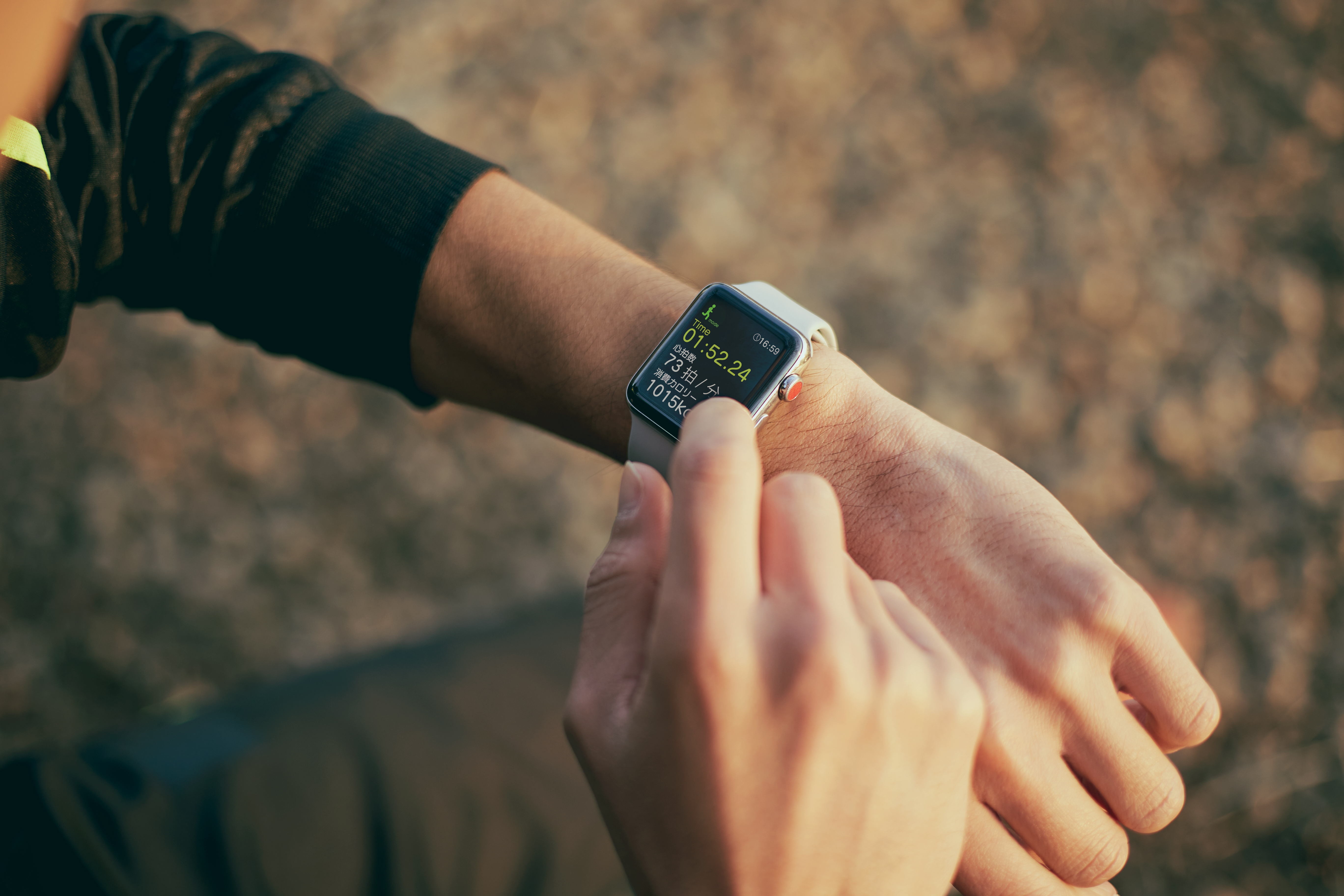 |
|
Exploring daily physical activity patterns, specifically in individuals with refractive errors, can offer new perspectives on the occurrence of depressive disorders and facilitate the development of targeted interventions for their rehabilitation. Photo: Getty Images. |
It is important to consider that individuals with uncorrected or improperly corrected refractive errors often experience visual discomfort. This discomfort can impede their ability to engage in normal daily activities, which can negatively impact their overall physical and mental health.
There remains a need for more comprehensive research that uses objective measures to assess the correlation between refractive status, behavioral patterns and depression. Compared with traditional patient questionnaires, use of a wearable accelerometer provides objective measurements that are not vulnerable to recall bias.
Researchers in China believe that exploring accelerometer-measured daily behaviors, specifically in individuals with refractive errors, can offer new perspectives on the occurrence of depressive disorders and facilitate the development of targeted interventions for their rehabilitation. Their recent study, published in Translational Vision Science & Technology, highlighted the therapeutic potential of moderate to vigorous intensity in reducing the risk of depression among individuals with moderate to severe hyperopia.
The study used the UK Biobank cohort and sought to investigate the associations of refractive status and accelerometer-measured daily behaviors with the risk of depressive disorders and assess the mediation effect of daily behaviors for the association between refractive status and depressive disorders. The researchers used a wrist-mounted accelerometer intended for medical research, but a real-world application of this work might involve commercial fitness trackers.
Hyperopia was defined as a mean spherical equivalent (SE) of +1.00D or greater, and moderate to high hyperopia was defined as a mean SE of +2.00D or greater. Myopia (mean SE of -1.00D or less) and emmetropia groups (mean SE ranging from -0.50D to 0.50D) comprised the non-hyperopia group and served as controls. Accelerometer data collection and analysis identified four daily movement behaviors, including moderate to vigorous intensity physical activity, light physical activity, sedentary and sleep. The team also assessed 24-hour behavior patterns. Depression cases were defined through both questionnaires and hospital records over 10 years of follow-up.
“This study suggests older adults with higher mean SE, especially hyperopia, are associated with lower levels of moderate to vigorous intensity physical activity, longer sleep durations, and a higher risk of depression,” the researchers wrote in their paper.
Among 20,607 individuals, every 0.5D increase in mean SE was associated with a 6% higher risk of depressive disorders, with hyperopia participants at a higher risk than non-hyperopia participants (odds ratio: 1.14). Moderate to vigorous intensity physical activity and sleep time were significantly correlated with depressive disorders, with odds ratios of 0.79 and 1.14. Mean SE showed significant correlations with all four behaviors. The effects of moderate to vigorous intensity physical activity and sleep duration on mean SE and depressive disorders varied throughout the day.
“If people with uncorrected refractive errors were to receive single vision spectacles, it is possible that this strategy would allow for normal activity levels and sleep, thereby eliminating their risk of depression from vision impairment,” the researchers suggested. “Future research should use more refined statistical methods and consider using more precise sleep measurement tools to help deepen our understanding of the causal relationships between sleep, refractive status and mental health.”
They concluded that future interventions to restore normal vision while also targeting moderate to vigorous intensity physical activity and normal sleeping patterns may cater more holistically toward an aging population to decrease the risk and burden of depression.
Du Z, Wang S, Bulloch G, et al. Accelerometer-measured daily behaviors that mediate the association between refractive status and depressive disorders. Transl Vis Sci Technol. 2024;13(7):3. |


